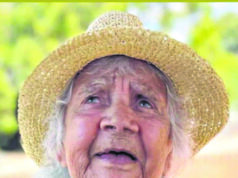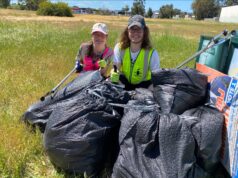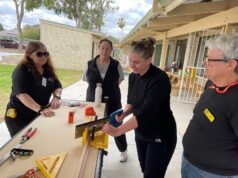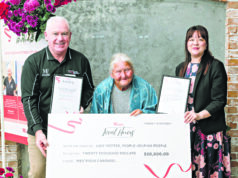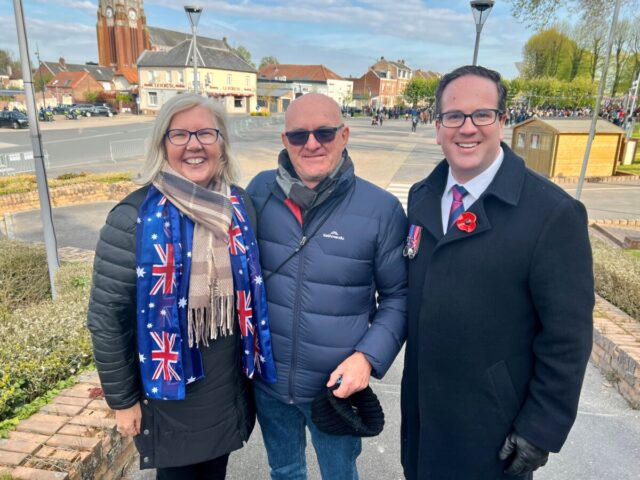
Minister for Veterans Affairs and Defence Personnel and local member for Burt Matt Keogh made the pilgrimage to France this year for ANZAC Day.
The following is an excerpt from his commemorative address at Villers-Bretonneux:
“Of the 330,000 Australians who served in the First World War, more than 60,000 lost their lives. Many of whom lie eternal here on the Western Front – our most deadly theatre of war.
On this peaceful morning, it’s hard to believe that the fields surrounding us were the scene of such intense fighting and bloodshed during the Battle of Villers-Bretonneux, 106 years ago.
At dawn on the 24th of April, the Germans attacked and captured the town of Villers-Bretonneux.
That night, Australian troops responded, leading a successful counter attack that liberated the town the following morning, on the third anniversary of the Anzac landings at Gallipoli.
General John Monash considered the attack ‘the finest thing yet done in the war, by Australians or any other troops.’
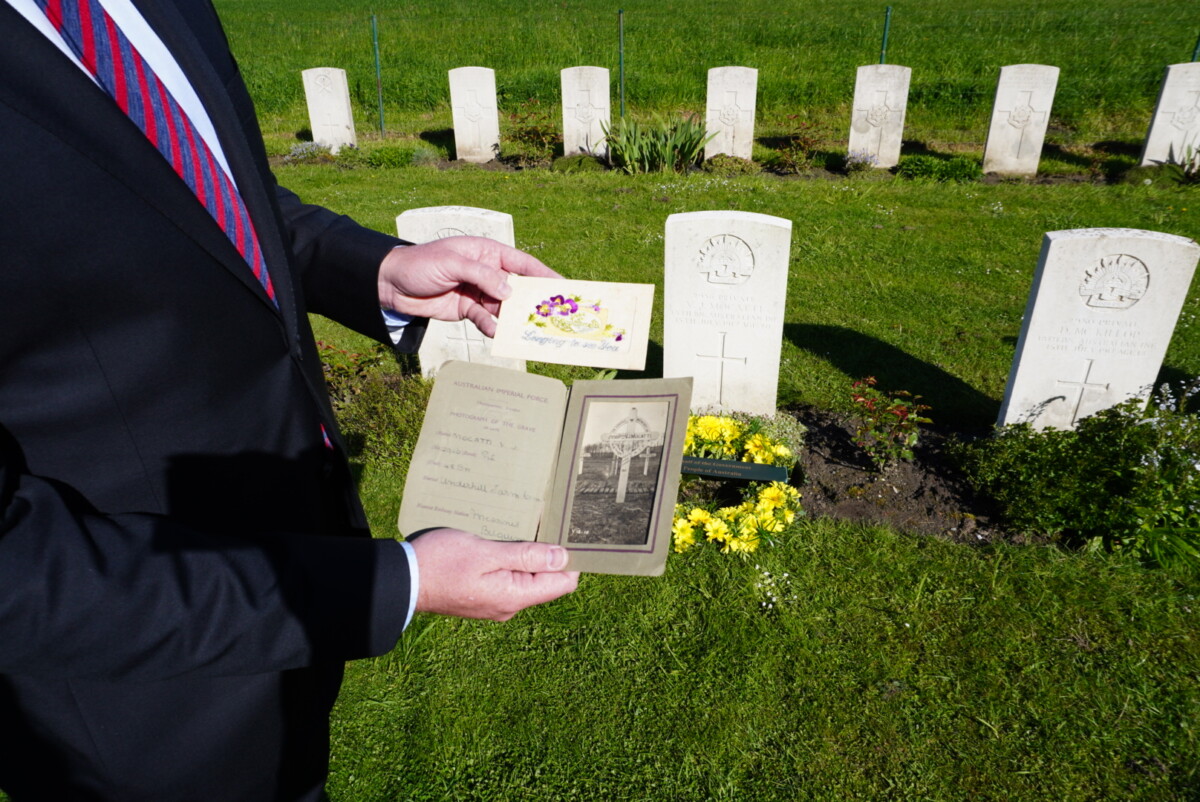
The beautiful memorial behind me lists the names of almost eleven thousand personnel who were killed on the Western Front and whose bodies were never recovered or who have no known grave.
One of those names is Lance Corporal Albert Ticklie.
Albert lived in Armadale, in my local community, working in the timber industry.
He enlisted in September 1915 and after initial training at home and in Egypt, he arrived in France in June 1916 with the 48th Battalion.
During the infamous Battle of Pozières, with little regard for his own safety, Albert carried wounded men more than 400 metres back to their own trenches under heavy machine gun fire, receiving a wound to the thigh. Albert was awarded the Military Medal for his bravery.
On 11 April 1917, Albert’s mates recalled seeing him badly wounded in the trenches as he took part in the first Battle of Bullecourt.
Initially reported as missing, he was later confirmed as killed in action.

Albert was just 27 years of age; his body was never recovered.
The original Anzacs helped shape who we are as Australians.
The values they displayed on the battlefields—courage, selflessness, endurance, loyalty and mateship—have been passed down to generation after generation of Australian service personnel.
Values displayed in more recent times, in Afghanistan, Iraq, Timor-Leste and in peacekeeping operations underway right now.
The impact of service is significant, and for many, the war within continues long after someone hangs up their uniform for the last time.
This is not just a burden for our veterans, but their families too.
Today, on Anzac Day, we pay tribute to more than two million Australians who have served our nation and its allies in all wars, conflicts and peacekeeping operations.
We also acknowledge the sacrifices of their families.
We remember the service and sacrifice of people like Albert, who will forever lay in foreign soil, and more than 103,000 Australians who have lost their lives in Australia’s name.
Lest we forget.”


